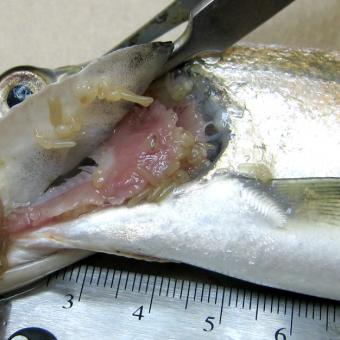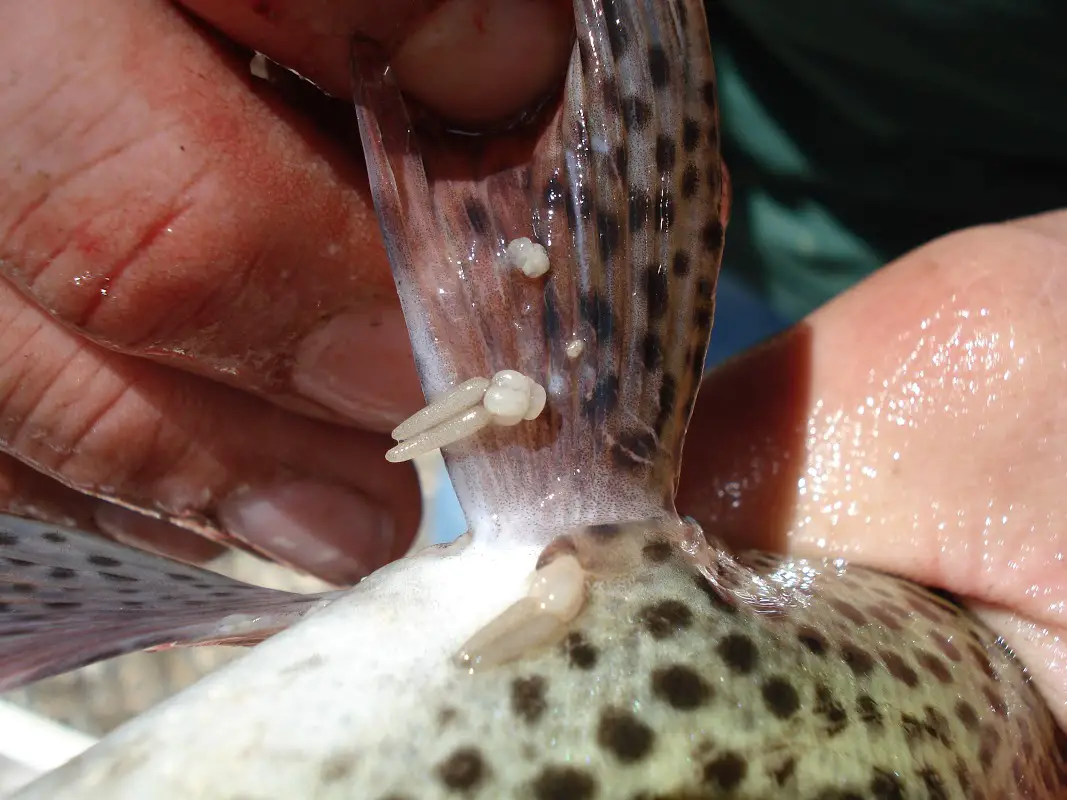Search
Latest Articles
Palmer Lake Kokanee Crash
by Mike Carey, December 06, 2016
Palmer Lake is a 2,032 acre lake located in the beautiful foothills of Okanogon County. It’s one of the largest natural lakes in northwest Washington. The lake is home to many species of fish, including kokanee, rainbow trout, bass, and burbot. Most importantly, Palmer Lake has been a source for kokanee fry for other lakes in Washington. Each year the Palmer Lake kokanee (which spawn in September) are captured for kokanee production. So a significant kill off of Palmer Lake kokanee could have an effect on other kokanee fisheries in Washington.
Away from the major population centers of Washington, Palmer Lake has always been a destination fishery for those “in the know”. Its reputation for a quality kokanee fishery is no secret. Its distance from more populated areas has allowed it to remain a vibrant fishery for many years. That is, until this year.
Let’s travel back in time to April, 2016. Early season anglers fishing the lake noticed some peculiar fish behavior they hadn’t seen before. Hatchery worker Larry Stillwaugh told me he began receiving calls from anglers. “They would tell us that fish were jumping everywhere, which was unusual behavior for kokanee in the lake. When anglers caught kokanee they reported that the fish had parasites clinging all over them”. By July WDFW District Fisheries Biologist Ryan Fortier noted “we were getting reports of significantly decreased catch rates, and by August the catch rates were down to nothing.” Ryan also noted “early pictures revealed parasites on the kokanee gills which were very unusual. We saw fish with five to ten parasites on each gill, and hanging off the insides of the pectoral fins and anal vent. The numbers of parasites were far in excess of what we would normally see, especially for a lake the size of Palmer”.

WDFW identified the parasite as a species of copepod, salmincola californiensis. Copepods are a small crustacean found in nearly every fresh and salt water habitat. Those fish lice you see on ocean run salmon are copepods. I found this definition for salmincola: “parasitic crustaceans which attach to the gills of salmonid fish and cause obstruction of respiration and blood loss resulting in delayed sexual maturity, reduced growth rate and some mortality.”*

There are over 2,800 species of copepods living in freshwaters, so they are not unique or unexpected to be found in Palmer Lake. Copepods feed on phytoplankton, which are sensitive to light, heat, and minerals for their own growth. Remember what I said at the beginning about needing to be one part detective? Well, as Ryan commented to me, “not a lot is known about copepods”. But as we all know, there are many factors that go into the food chain of a lake. Indeed, copepods are a food source for – kokanee. But when life becomes unbalanced that food source can turn into a potential killer. Is that what happened to the Palmer Lake kokanee? Ryan says WDFW just doesn’t know at this time.
There are some curiosities associated with this kokanee fishing collapse. Ryan reported to me that during the summer there was no indication of a massive fish kill off. No fish floating on the surface or washing up on the shores. Other species of fish seemed to be unaffected by the copepods. According to Ryan, when no fish returned to the fish traps in the expected 2-3 week return window WDFW knew they had a serious problem and there had occurred a severe impact to Palmer Lake kokanee. Fortunately for the kokanee hatchery program, nearby Conconully Lake also has the Palmer Lake strain of kokanee. WDFW obtained broodstock there to preserve the Palmer Lake kokanee strain for restocking Palmer Lake in the future.
Ryan told me more research will be done in the spring. WDFW needs to determine the exact cause of the kokanee crash on Palmer. Was it copepod infestation? Or was it the regions warmer temperatures? Last winter Palmer never froze over due to the warmer winter, which is not the norm. Did this have an impact on the fish? The lack of a mass fish kill off would indicate there was not an oxygen depletion event or thermocline issue. Ryan says “At this point we just don’t know. The plan will be to run vertical test nets in the lake next spring. We want to determine if it was just this year’s class of kokanee that died, or did we have other year class kokanee die off?”
Treatment of the problem will depend on WDFW findings over the winter and spring. Of interest, I did find a study of a rainbow trout commercial hatchery that had an infestation problem with salmincola californiensis. They treated it by introducing brook trout upstream of the hatchery. The brook trout feasted on the copepodid larvae substantially reducing the infestation of copepods. **. Unintended consequences of a population boom of stunted brook trout would likely not lead this option to be considered. It’s unlikely WDFW would introduce a non-native species of trout into Palmer Lake.
Bottom line, what does this year’s kokanee crash on Palmer mean for anglers? Well, for this winter if you want to go to Palmer and ice fish and catch kokanee, there is no closure. Unless WDFW finds additional information between now and the spring netting, the lake will remain open according to Ryan. As always, check your emergency regulations on the WDFW web site for any changes.

Palmer Lake kokanee should be safe to eat. Per Ryan, copepods generally stay on the outside of the fish and do not get into the meat. They can be seen with the naked eye and cooking would destroy them. Indeed, copepods are sometimes found in public main water supplies. They are also used to control mosquitos. One thing to be mindful of – do not clean the fish in another body of water or throw the carcasses in other lakes or rivers.
If you do fish Palmer Lake we’d be very interested to hear your results. Send us a report here at Northwest Fishing Reports so other anglers can learn how the lake is doing. We’ll be in touch with WDFW next year to give our readers an update.
I would like to thank NWFR member "Why2Fish" for alerting NWFR about this story.
* The Free Dictionary By Farlex
** “Biological Control of the Parasitic Copepod Salmincola californiensis in a Commercial Trout Hatchery on the Lower Merced River, California” North American Journal of Aquaculture Vol. 64 2002



